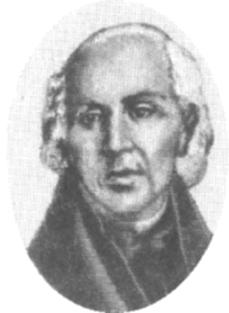
Theme Eleven: Bourbon Reforms and Crisis
April 10-14
Paper III on “Being Colonial, Society” due on Wednesday, April 12.

Lecture Outline:
A. Political Changes and Consolidation under the Enlightened Bourbon
Kings
1. Intendancy System
2. The Creation of New Viceroyalties
B. Economic Changes under Bourbon Kings
1. The Expansion of Economies
2. The Growth of the Merchant Class
C. Crisis
1. Late-Colonial Rebellions
a. Tupac Amaru II
b. Hidalgo
2. Growth of Creole Nationalism in Theory:
a. Intellectual Changes Associated with the Enlightenment
and French and American Revolutions
b. Haiti
Key Terms:
| Seven Year's War
Marquis de Pombal Jesuit Expulsion |
Haitianism
José Condorcanqui Intendant |
José de Gálvez
Miguel Hidalgo Viceroyalty of Rio de la Plata |
Reading Assignments:
David Brading, Chapter 21, "The New State" from The First America, pp.467-492.
Steve J. Stern, "The Age of Andean Insurrection, 1742-1782: A Reappraisal" in Resistance, Rebellion and Consciousness in the Andean Peasant World; (cite)
“Parish Priests and Indian Resistance” from Colonial Spanish America: A Documentary History,
Questions for Consideration:
1. To what degree were the Tupac Amaru II and the Hidalgo Rebellion either "revolutionary" or “reactionary”? That is, did they seek to replace the colonial state with a new political order or only to change it? To what degree were they caused by the Bourbon Reforms?
2. Discuss the alliances (or absence of alliances that you might have expected) that were built up in these movements (for example between creoles and peasants, peasants and the Church, the state and black Peruvians, and creoles and the colonial state, etc). Did everyone participating in or fighting against the movements share the same goals? How long did the alliances last and why?